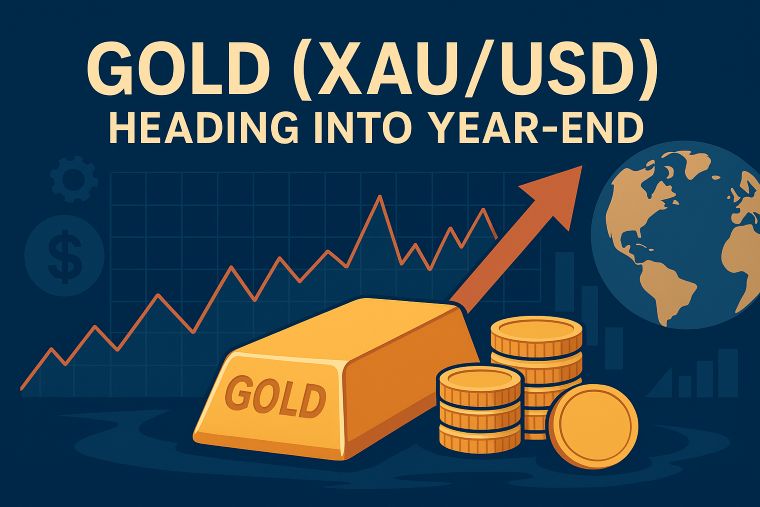3 min to read
The USD/JPY exchange rate is experiencing fluctuation around the 143 yen mark
Amidst the backdrop of risk aversion leading to a strengthening dollar.

“Amidst the prevailing environment of risk aversion, which has resulted in a strengthening US dollar”
The USD/JPY exchange rate is currently exhibiting a degree of volatility, hovering around the 143 yen threshold.
The contemporary market landscape has witnessed heightened selling pressure within the US stock market, contributing to an overarching risk-off sentiment. This dynamic has reverberated within the foreign exchange arena, prompting a discernible upswing in the valuation of the US dollar. In parallel, the Japanese yen has signaled its appreciation, giving rise to a trading range characterized by oscillation centered around the 143 yen juncture.
The recent unveiling of trade balance data from China, which notably underperformed expectations, has further compounded uncertainties enveloping the Chinese economy. As a consequence, an air of caution has permeated the market atmosphere.
Nonetheless, it is of significance to acknowledge the persistent optimism surrounding the potential for appreciation in the USD/JPY exchange rate. This sentiment is fortified by the recent dissemination of Japan’s preliminary labor statistics for June, an event that serves to reaffirm the Bank of Japan’s accommodating monetary posture and sustain the trajectory of yen devaluation. Notably, the substantial 1.6% year-on-year contraction in real wages has instilled confidence in the strategy of shorting the yen, particularly against the US dollar and British pound.
Esteemed experts posit that the current dataset corroborates the efficacy of the Bank of Japan’s accommodative monetary policy, while lingering deflationary risks persist. Barring any unforeseen surges in volatility, a resurgence in the yen’s strength appears unlikely. Furthermore, they highlight the potential for the USD/JPY exchange rate to surpass the 144 yen threshold in the near term, potentially revisiting the peak of 145.05 yen witnessed on June 30th.
Shifting our focus to the EUR/USD exchange rate, a retreat in valuation, primarily attributed to intensified selling pressure, is perceptible as the rate descends towards the midpoint of the 1.09 dollar range. Meanwhile, as the 100-day moving average approaches the lower spectrum of the 1.09 dollar bracket, indications allude to the plausibility of a retest of this level. The enduring impact of the support levels identified in the previous week continues to exert its influence.
Today’s emphasis on the conclusive HICP (Harmonized Index of Consumer Prices) figures for Germany in July has catalyzed deliberations on the gradual deceleration of inflation in the forthcoming months. Despite the modulating effect emanating from last year’s surge in electricity costs, the comprehensive inflation rate for July has tapered from 6.8% to 6.5%, relative to the preceding month. Moreover, conjecture has arisen regarding the potential for core inflation—excluding energy and food prices—to undergo an accelerated descent in the impending months, mirroring the overarching trend witnessed across the entire Eurozone.
Parallel trends of descending momentum have been observed within the GBP/USD exchange rate, instigating a transient descent towards the 1.26 dollar level. The revelation of July’s retail sales figures in the UK, denoting a subdued year-on-year growth of 1.8%, has prompted certain experts to speculate about the possibility of a temporary hiatus in rate hikes by the Bank of England during the imminent September Monetary Policy Committee (MPC) meeting, thereby exerting a downward force on the pound.
Nevertheless, an opposing perspective emerges that underscores the unlikelihood of such an occurrence. The Bank of England is anticipated to proceed with an additional 0.25% interest rate hike during the forthcoming MPC meeting in September.
Certain observers posit the potential for a brief pause in the Bank of England’s rate hike cycle, suggesting the prospect of future rate reductions. However, given the persistently upward pressure exerted by wages and service prices that drive inflation, such a maneuver is deemed premature. The alleviation of the aforementioned pressures is more apt to manifest by the subsequent November meeting, creating a scenario in which the Bank of England is more inclined to contemplate the preservation of the prevailing status quo.
Visit XM Official Website.

